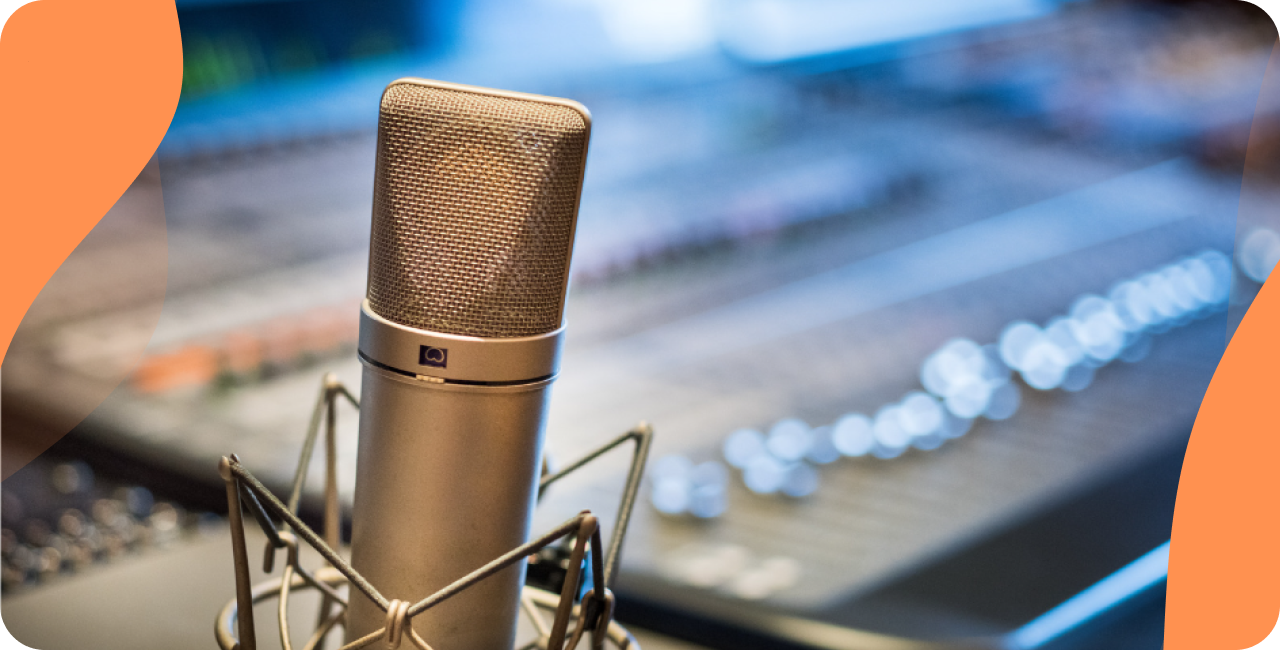Phantom power is an important tool for anyone in the world of audio, but it can also be intimidating. If you’re not familiar with phantom power, you might be wondering how it works and why you’d need it. We’re going to answer all of your questions so that you can get on with using this awesome feature!
Listen to a summary of the article here:
What is phantom power?
If you’ve started your own radio station, chances are you’ve come across this term before. But what does it actually mean? Phantom power is the name given to voltage used by professional equipment like condenser microphones, digital audio recorders, and phantom-powered microphones. The name comes from the fact that it’s a “phantom” or “ghost” voltage because it doesn’t exist in your home electrical system.
It’s also called +48V DC (Direct Current) power because it uses direct current instead of alternating current (AC). To give you a clearer example, AC powers your house while DC powers professional audio gear like audio mixers and preamps.
Why do I need it?
Phantom power is used to power certain types of mics and digital audio recorders. Some microphones require more voltage than what can be provided by AA batteries or AAA batteries and must have an external source of power in order for them to work properly (hence the name). Digital audio recorders also require external sources of electricity in order for them to function correctly; known as +48V DC.
How does it work?
As mentioned above, phantom power is a +48V DC supply that provides electrical power. The source of this supply can be either an external device such as a mixing console or recorder, or it can come from within the microphone itself.
Connect one end of a cable to your microphone and then plug the other end into whatever device will provide phantom power (a mixer or recorder) and activate the +48V button. Your mixer/recorder will then use its own internal circuitry to convert AC mains voltage into DC at around +48V before passing it along through its own cables to reach its intended destination: your mic! When traveling through balanced XLR cables, the voltage is applied equally to pin-2 and pin-3 with respect to pin-1.
Do I need phantom power for a condenser microphone?
Yes, it is required to operate condenser microphones, which are typically found in digital audio recorders. Condenser microphones use a battery to power their built-in preamp circuitry and amplify the sound waves they pick up. Because they require an external source of power, phantom-powered microphones are often used with these devices instead of batteries. This type of microphone has a sensitive sound pickup and is often used for recording vocals and acoustic instruments.

Do I need phantom power for a dynamic microphone?
In short, the answer is no. As dynamic microphones do not contain active circuitry (AC), they do not require +48V to work. They are also more robust and can handle higher sound pressure levels without distorting. Contrary to what you may have heard, using this feature with a dynamic microphone usually won’t do any damage! Many modern microphones do not require this extra power and are designed to ignore it if applied. Dynamic mics are often used for live situations where there is a loud sound source.
Different voltages
It’s important to properly understand phantom power if you plan on using different pieces of recording gear together. There are two different types: 48V and 24V. If your equipment has only one type, it will be clearly labeled on the device itself.
What if my device doesn’t have phantom power?
If your equipment doesn’t have phantom power built-in (or if you want more flexibility), you may want to consider purchasing an adapter.
Phantom power is a great tool for recording audio, but it can be confusing at first. We hope that by now you understand what it is, and why it’s important when using different types of microphones and other equipment together.
